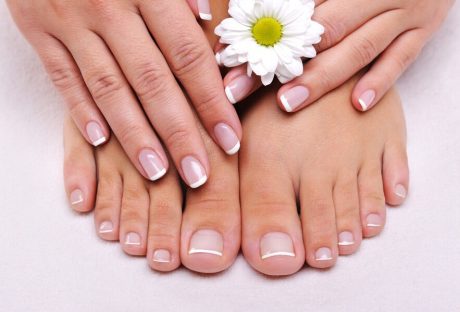What is tinnitus?
The tinnitus is based on perceiving a sound that does not exist in the environment; it is often described as ‘a buzzing, a beep, a noise’ … etc. It can be perceived in one ear, both ears and inside your head. The perception of tinnitus is more intense and constant in the silence of the night, in the absence of activities and other sounds or environmental noises that can mask it.
The majority of tinnitus conditions are subjective and they are perceived exclusively by the patient, although around 5-10% are objective tones generated by parts of the body that can also be perceived by other people, especially by the specialist when exploring the patient (example: murmurs, pulse, etc., generated by the cardio-circulatory system).
This is a common problem in the general population. It is estimated that around 30% of the adult population has perceived tinnitus at some point in their lives, and between 10-15% approximately experience them continuously.
In general, the presence of tinnitus increases with age; it is more common in people over 40. This may continue in the future if the harmful effects of exposure to loud sounds and noises in young people are not controlled.
How is it diagnosed?
Although the diagnostic protocol may vary, it includes the following test: a specific clinical history of patients with tinnitus, questionnaires of subjective self-assessment, clinical examination, audiological tests, imaging studies and complementary tests depending on each case.
The first step of the diagnostic protocol is to obtain information about the characteristics of tinnitus, its possible causes (for example: acoustic trauma, ototoxic, otitis, family history, hearing loss, vertigo, Meniêre’s syndrome), its emotional consequences, (that is to say, emotional tension, anxiety, etc.), through a systematized clinical history.
For patients to whom tinnitus affects them severely, the most commonly used treatments are:
- Home tinnitus remedies
- Pharmacological treatment
- Tinnitus Retraining Therapy (TRT)
- Hearing aids
- Noise generators
- Mixed hearing aids
- Psychological and/or psychiatric help
Home tinnitus remedies
Use warm towels
This is a very old trick for those who are used to having all kinds of ringing in their ears. In addition to this, it is an effective formula that helps alleviate all tension, and it is very cheap to set a pot of water to boil or use the water from your own heater in the bathtub.
Zinc
Zinc or Iron are an important supplement in your diet; they help tinnitus disappear.
Fresh pineapple
Those who love home remedies will be pleased with the benefits of fresh pineapple because it is very efficient to help you solve any problems with ringing in the ears. It seems to be related to reducing the inflammatory processes in general.
Pharmacological treatment
There are numerous drugs used in the treatment of tinnitus: vasodilators, anxiolytics, antidepressants, corticosteroids, antiepileptic, diuretics, etc.
Sometimes tinnitus is associated with other symptoms and alterations that can be treated pharmacologically. This is the case, for example, of patients with blood flow deficit affecting the inner ear, anxious-depressive problems, Menière’s disease, autoimmune inner ear disease, acoustic trauma, sudden deafness, migraine, brain problems, etc.
Retraining therapy (TRT)
Tinnitus retraining therapy (TRT) is one of the most widely used treatments today and aims to reduce your sound perception and its consequences, including the reactions of emotional tension, anguish, fear, etc., thus favoring the patient’s habituation to it.
Headphones
When tinnitus is associated with a hearing loss, the use of properly adapted hearing aids can be the most appropriate treatment. Hearing aids, in addition to correcting hearing loss, increase the perception of environmentally sound, avoiding strong silence.
Noise generators
One of the options to treat tinnitus is the use of sounds, which can be: environmental or natural sounds amplified by headphones and also sounds produced by white noise generators. White noise generators have the same shape as hearing aids and produce a broadband noise that is easy to get used to.
Psychological treatment
Some patients present psychological and emotional consequences that may be related to the onset and development of tinnitus and/or interfere with the habituation to it (e.g., stress, anxiety, depression, etc.) and their treatment is essential to reduce or minimize the perception of tinnitus.
Read More:























